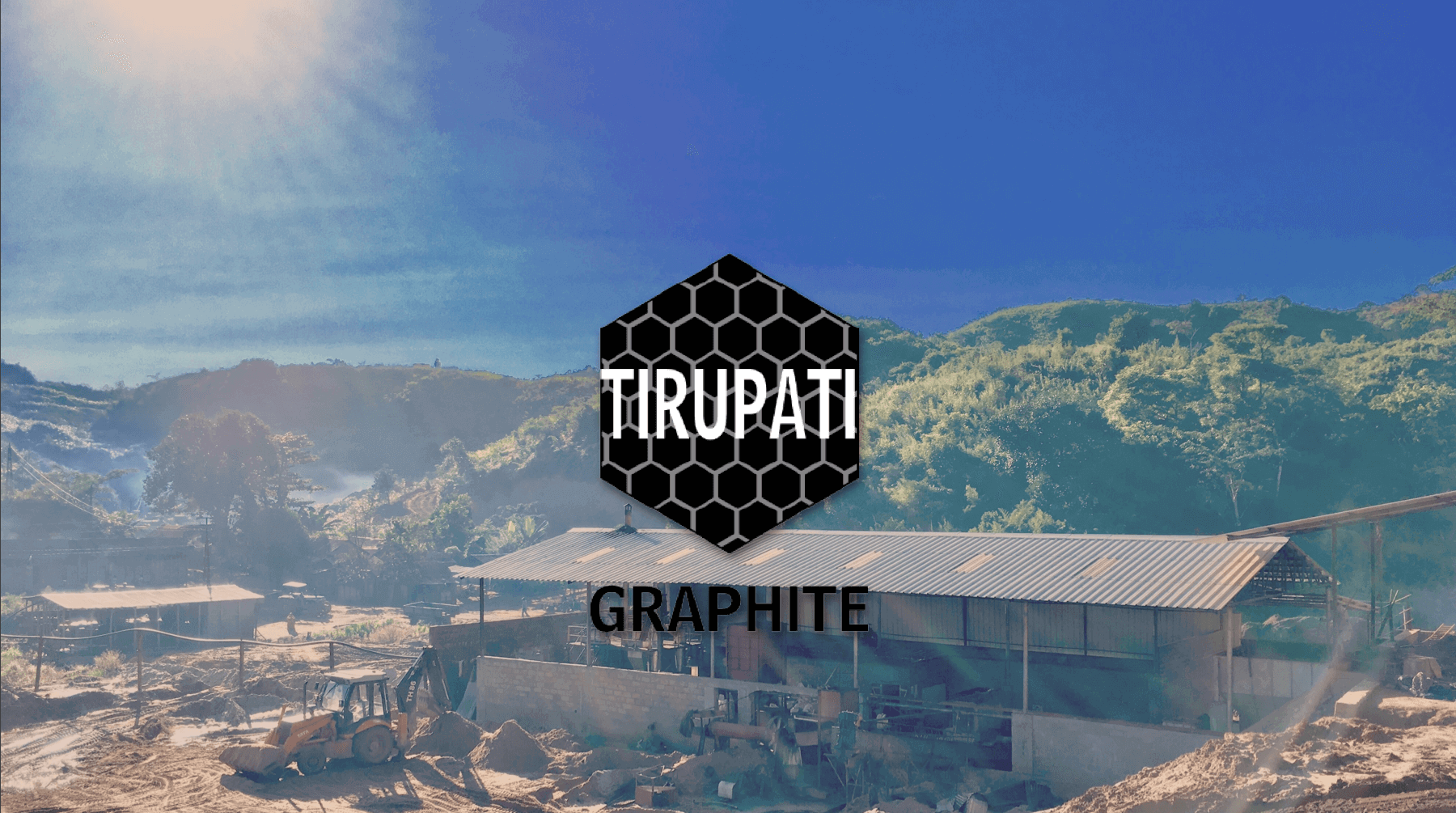

Tirupati Graphite, a UK-based, fully integrated specialist in graphite and graphene production, has developed a revolutionary development that could serve as a greater alternative to copper and profoundly impact the global industries. The company is pushing boundaries with its Graphene-infused aluminium composites (Al-Gr), the new kind of material that can be called a lightweight, cost-efficient alternative to copper in vital applications.

Copper, the current king for electrical use, is highly expensive, heavy and in demand. This discovery of Graphene-infused aluminium composites forms a next-generation composite that significantly enhances aluminium’s inherent properties. A quiet revolution is underway in materials science, with far-reaching implications for global industries.
This aluminium-graphene hybrid maintains aluminium’s affordability and ease of use while delivering remarkable improvements in both mechanical strength and electrical conductivity. Graphene, celebrated for its exceptional strength and conductivity despite being only one atom thick, is transforming materials science.
Tirupati Graphite’s breakthrough in creating and testing its graphene-aluminium (Al-Gr) composite has sparked significant industry interest, and for good reason. The company’s data reveals performance levels that rival, and in some cases surpass, those of copper. This isn’t just incremental progress; it marks a fundamental shift.
While copper has long been the benchmark for electrical systems, its high cost and weight pose challenges. A high-performance, aluminium-based alternative could unlock substantial efficiency improvements and material cost savings across multiple sectors. The potential applications of Al-Gr composites are vast and transformative.
Why this invention matters?
What makes this development particularly compelling for investors is the vast scale of the addressable market. Global copper demand is surging, driven by the clean energy transition and accelerating electrification. Yet supply limitations and price volatility remain persistent hurdles. If Al-Gr composites can deliver comparable—or superior—performance at a fraction of the weight and cost, their adoption could be both rapid and far-reaching. Industries already under pressure to innovate and improve efficiency would have strong incentive to make the switch.
Tirupati Graphite is driving the development of a next-generation aluminium composite with the potential to challenge copper’s long-standing dominance across critical industries. By integrating graphene into aluminium, the company is engineering a material that is lighter, stronger, and more conductive—precisely the combination modern technologies require.
Responses








